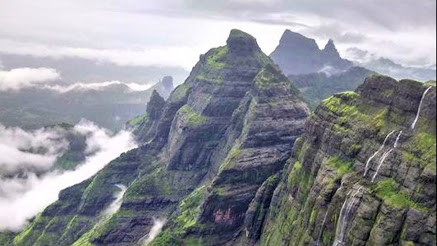TREKKERS LIFE
Trekking can be a rewarding and exciting activity for those who enjoy the great outdoors and physical challenges. A trekker's life typically involves a love for hiking, camping, and exploring nature's beauty. Here are some aspects of a trekker's life:
1.Physical fitness: Trekking requires a certain level of physical fitness, including endurance, strength, and balance. Trekkers often engage in regular exercise and training to prepare themselves for long hikes and challenging terrain.
2.Gear and equipment: Trekking also requires appropriate gear and equipment, including sturdy hiking boots, a backpack, a tent, sleeping bag, and other essential items such as water bottles, sunscreen, and first aid kits.
3.Exploration and adventure: Trekkers are often drawn to exploring new places and experiencing the thrill of discovering new landscapes and cultures. Trekking can take you to remote locations, high altitude peaks, and breathtaking natural wonders.
4.Connection with nature: A trekker's life is often centered around a deep appreciation for nature and a desire to connect with the natural world. Many trekkers are passionate about environmental conservation and strive to minimize their impact on the environment while trekking.
5.Community and camaraderie: Trekking can also be a social activity, with many trekkers forming friendships and connections with other like-minded adventurers. Trekking groups often share stories and support each other through the challenges of the journey.
Overall, a trekker's life can be a fulfilling and enriching experience, filled with adventure, exploration, and a deep connection to the natural world.










